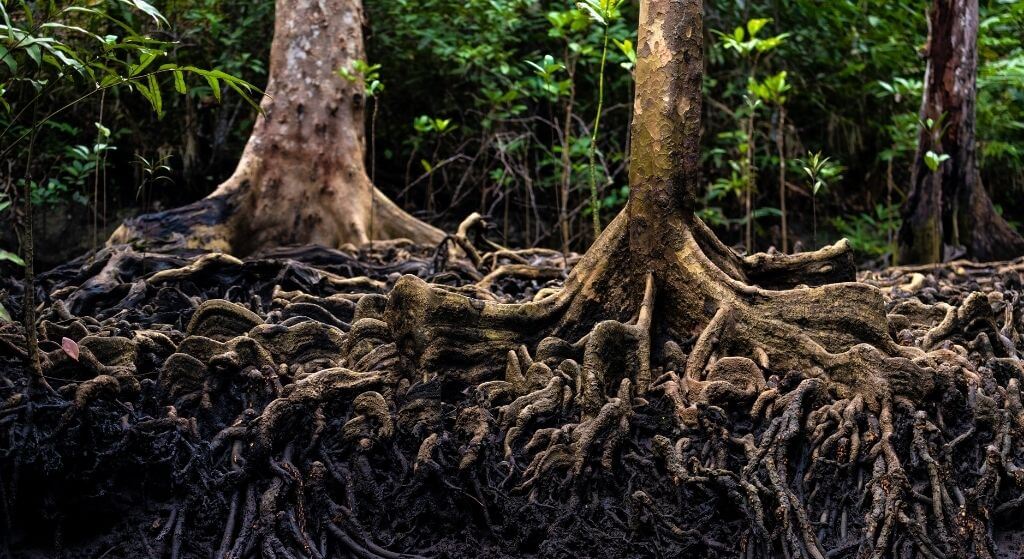
Marigold Infrastructure Partners is building the 14-km Valley Line West Light Rail Transit (LRT) running from Downtown Edmonton to Lewis Farms, and construction is expected to last five to six years. To design and build the LRT corridor, some trees need to be removed from City property, including boulevards in front of residences or open spaces.
Marigold is committed to the City of Edmonton Corporate Tree Management Policy and has several measures in place to relocate or replace any vegetation lost due to the LRT construction. Working with professional arborists and landscapers, our team remains committed to remediate any impacts on vegetation as a result of the construction process.
We sat down with our landscaping senior superintendent to get more information on Marigold’s tree remediation process. Read on to learn about how we are helping preserve Edmonton’s urban canopy.
Tree Protection
The City of Edmonton has an index of all the City-owned trees, so when Marigold takes occupancy of City lands for our construction work, we become a steward of these trees. MIP has developed a Tree Retention, Removal & Preservation (TRRP) Plan to govern that responsibility. Any trees that would be fatally impacted by development works or become a hazard to the public have been identified on the TRRP for removal. Any trees not identified for removal are classified as protected.

The trunk and branches of a tree are obvious, visible, components that need protecting; however, the roots can easily be overlooked. Because of this, the City of Edmonton has defined 3 “Critical Root Zones” (distances from the trunk based on branch reach) for the different areas of sensitivity to a tree’s root system. These zones have strict rules regarding access and ground disturbance caused by construction activities.
Preservation Measures
Wherever possible, trees are preserved. The City of Edmonton proactively transplanted several mature trees which were deemed moveable. These trees were transplanted using a large spade truck. In many instances, the large trees identified for removal were already in poor health and reaching the end of their natural lifespan.
MIP monitors the remaining trees to ensure that all which fall within 20m of active construction are fenced off and labeled with the tree ID and value. Tree protection fencing serves as visible and physical control to protect a tree’s trunk, branches, and its Critical Root Zone.
The tree species chosen for new installation during the final landscaping have been selected from a list of approved options that the City provided in the Project. They have been studied and proven reliable to thrive in the conditions of urban development in Edmonton.
Soil Cells

Soil cells are open-celled, load-bearing structures made of recycled plastic which can be filled with soil and then paved over (see link above). Soil cells promote tree growth and can extend a tree’s lifespan by decades while contributing to sustainability.
Marigold is using soil cells on the project to:
- Provide extra soil volume to optimize tree health in urban environments (ex: for trees planted on sidewalks and concrete plazas).
- Provide a sub-terranean bridge for roots to grow under structures such as sidewalks in order to reach soil on the other side.
- Act as a temporary stormwater management facility by accepting street water runoff during a storm event helping us can achieve Low Impact Development.
By implementing various preservation tactics, Marigold Infrastructure Partners prioritizes the protection of Edmonton’s trees located along the Valley Line West LRT alignment. To help offset the tree removal, Marigold will plant at least 2,000 new trees and shrubs along the route as a part of a full landscaping plan once construction is completed.